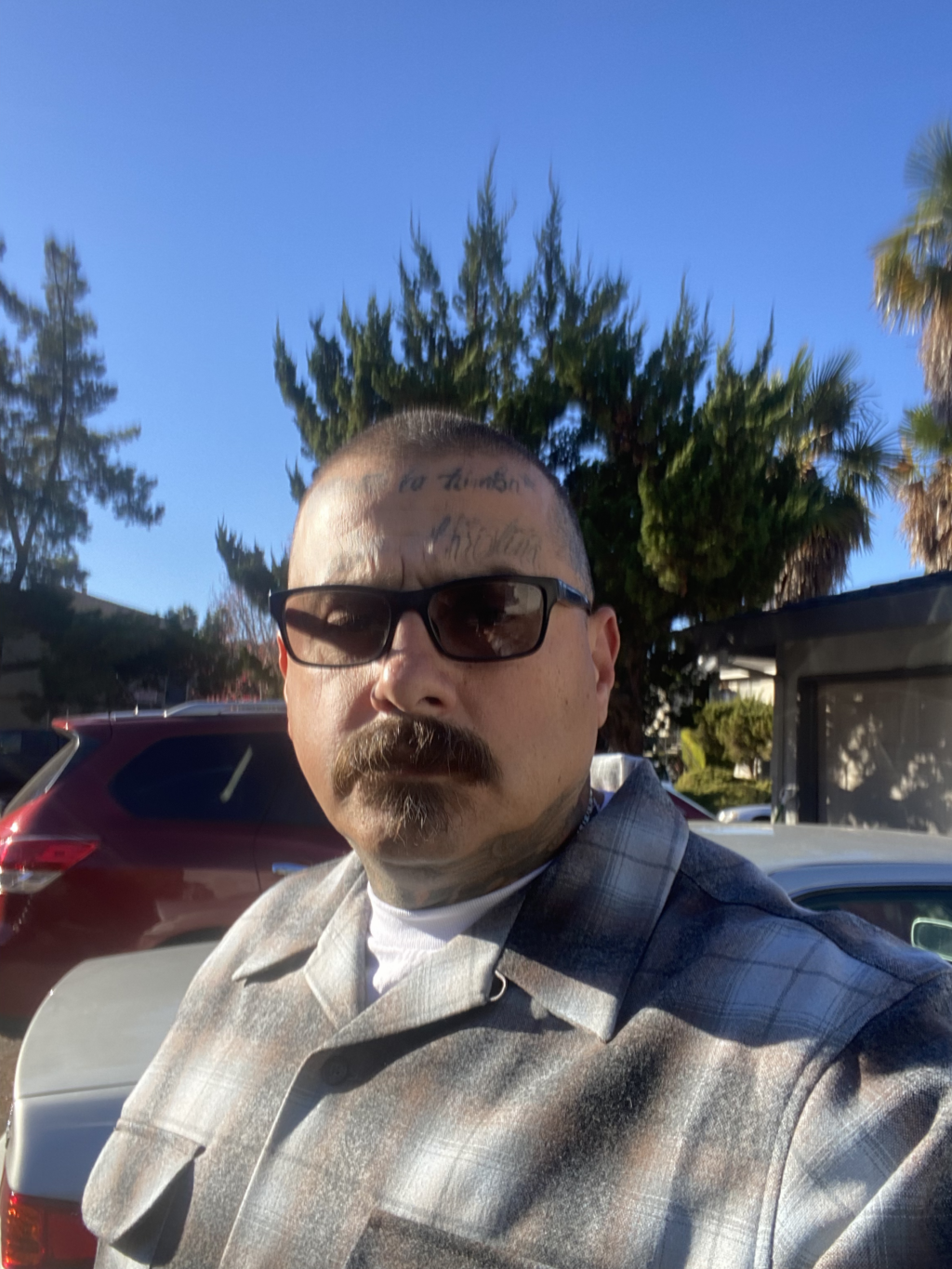Over the last three years, I’ve had the privilege of walking into each new year inspired and invigorated by a brand new cohort of enterprises joining our Growth Portfolio (GP). We recently announced the 13 businesses that will be part of our 2023 Growth Portfolio (meet them here!) and I’m eager to roll up my sleeves and partner with them to achieve their ambitious goals.
And while we celebrate the beginning of each cohort, we also take time to reflect on lessons learned from the process of selecting the GP. Our first Growth Portfolio cohort in 2021 marked a significant shift in our grantmaking approach as we focused on investing in growth-stage enterprises and fully incorporating our DEI commitments. With that shift came an overhaul of our grantee selection process, which I shared in this piece, and a commitment to continue evaluating our approaches and adapting along the way.
Since then, we have iterated our process in a variety of ways, with two changes that have been particularly impactful and which have allowed us to deepen our partnerships with grantees:
We continue to shift the focus away from written applications and toward meaningful discussions. Because time is money.
Following our first selection process, our team completed feedback calls for declined applicants. We learned a lot from those conversations, but our primary takeaway was that the written application was taking too much time. For employment social enterprise leaders, time is money – and we must use it wisely.
We also knew that interviews provided more insight than written answers, allowing our team to hear directly from leaders about their vision for the business and ask follow-up questions.
So we restructured our application process to shorten the written portion significantly, leaving just one short narrative question and focusing on numerical or multiple-choice answers. We then spoke briefly with each applicant to ensure their eligibility before moving forward to a full interview. In both steps, we committed to increased transparency in sharing our selection criteria, including lifting up the unspoken criteria that we found were influencing our decisions but hadn’t been shared, so that enterprises can better decide whether the opportunity is a good fit for them. All enterprises that met the criteria were then interviewed, allowing us to get a fuller picture of their enterprise.
And we’ve seen how this change advances our commitment to equity as well. One-on-one conversations provide more opportunity to reveal potential and counter bias toward organizations that have the resources for a professional grant writer. While we know our interview process was still a significant time investment, we have heard feedback that it was a lighter lift than a written application, and we compensated applicants for their time.
We welcomed current grantees as interviewers to strengthen our selection process and give applicants the “insider scoop.”
For our first-ever selection process, we included previous REDF grantees as application reviewers because of their unique and valuable insights into applicants’ business and programmatic models. With an increased focus on interviews, we had to shift how we incorporated grantee voices in the process.
Ultimately, it is our current grantees that have the best insight into the organizational capacity required to effectively leverage the technical assistance that comes with our Growth Portfolio grants. So this year, for the first time, we incorporated existing Growth Portfolio grantees as peer interviewers (and compensated them for their time). Not only did this provide valuable input for our selection and give applicants the space to learn more about what it’s like to be part of the Growth Portfolio, but it also deepened peer connections between entrepreneurs in our community.
We are proud of the changes we’ve made to date and the 36 enterprises that we now support in the Growth Portfolio as a result. We enter this year with even deeper relationships with our new grantees, which will make us stronger partners in the years to come. And as always, we look forward to continuing to improve our funding process to honor the work of social entrepreneurs and lean into trust in our grantmaking.



